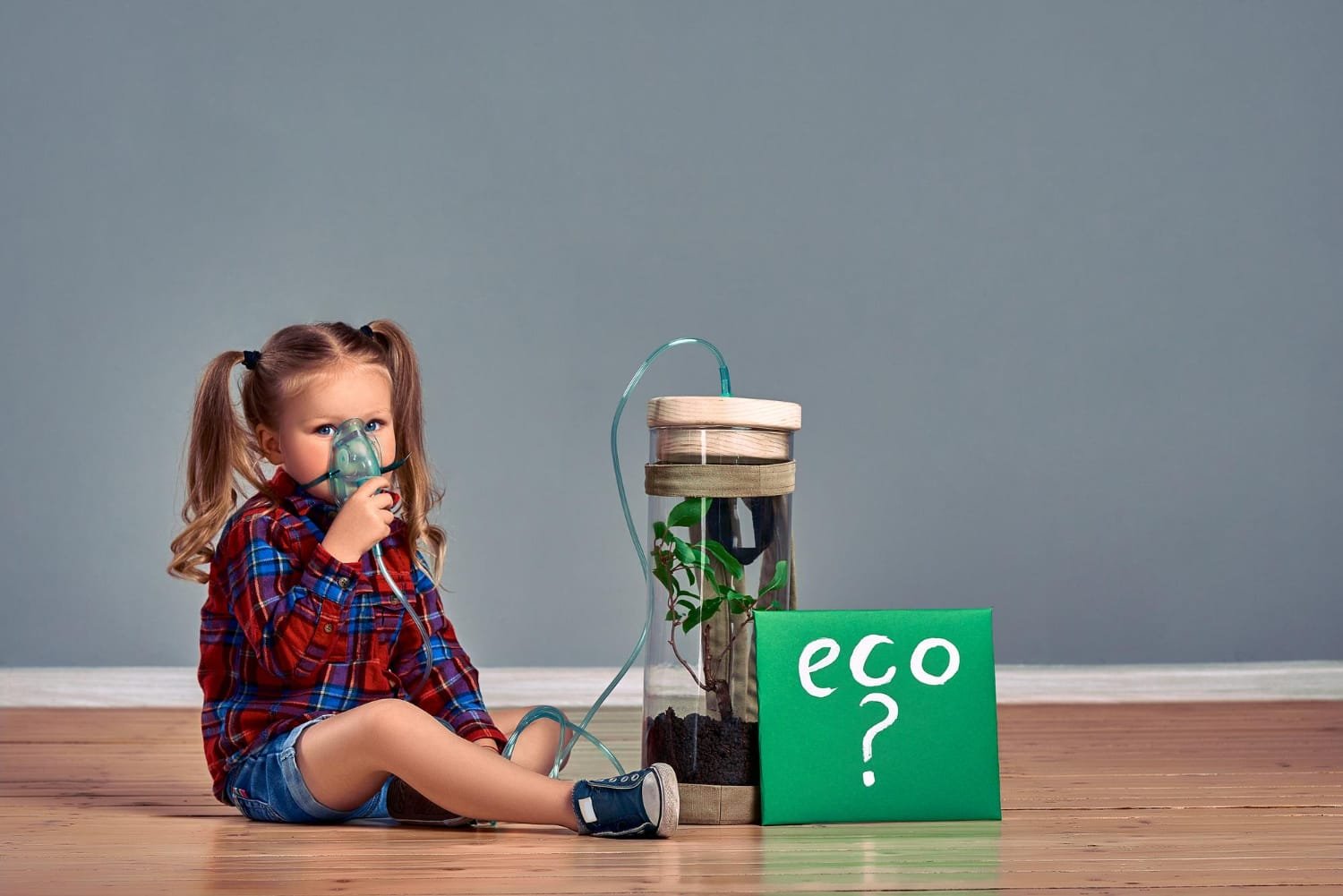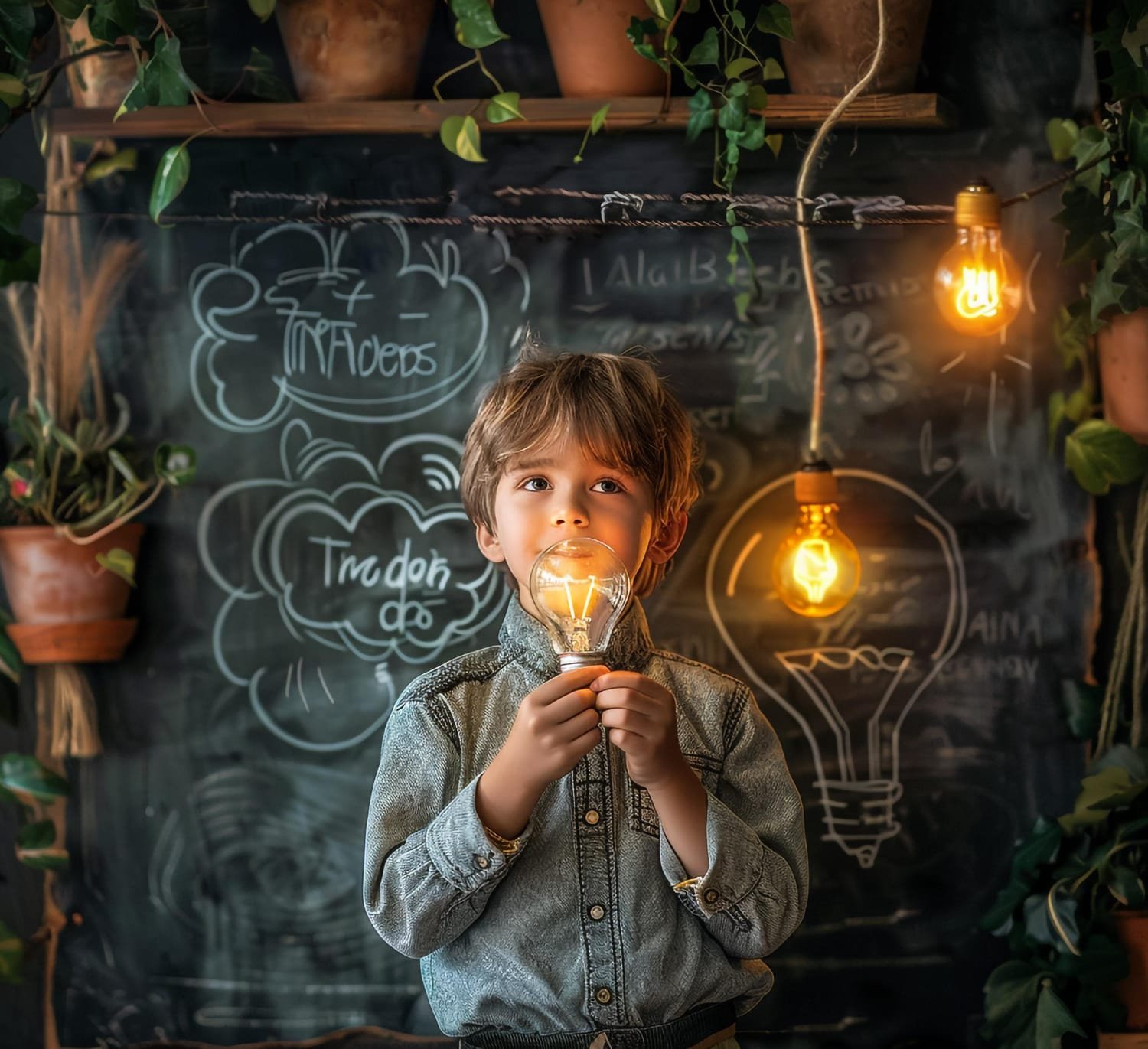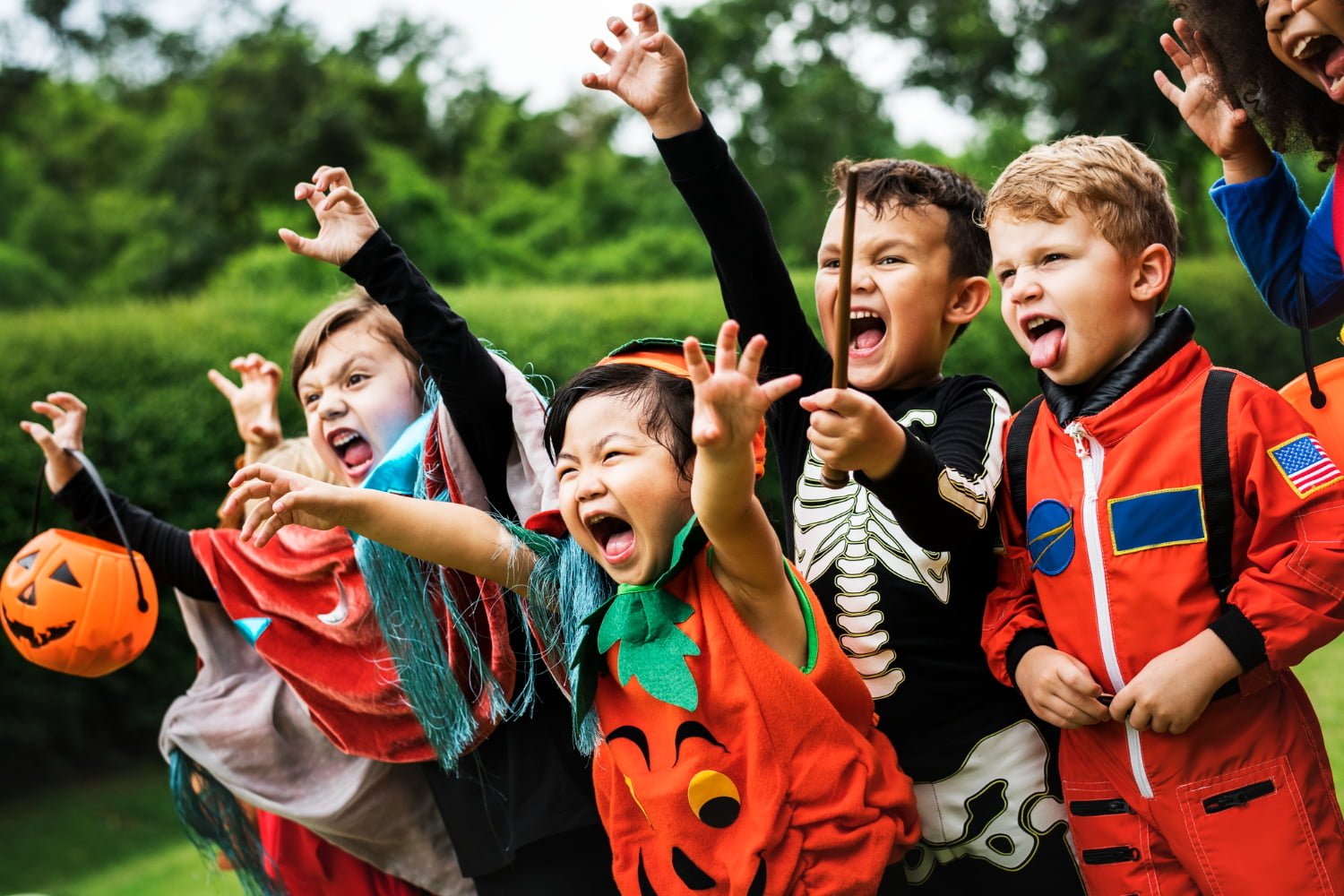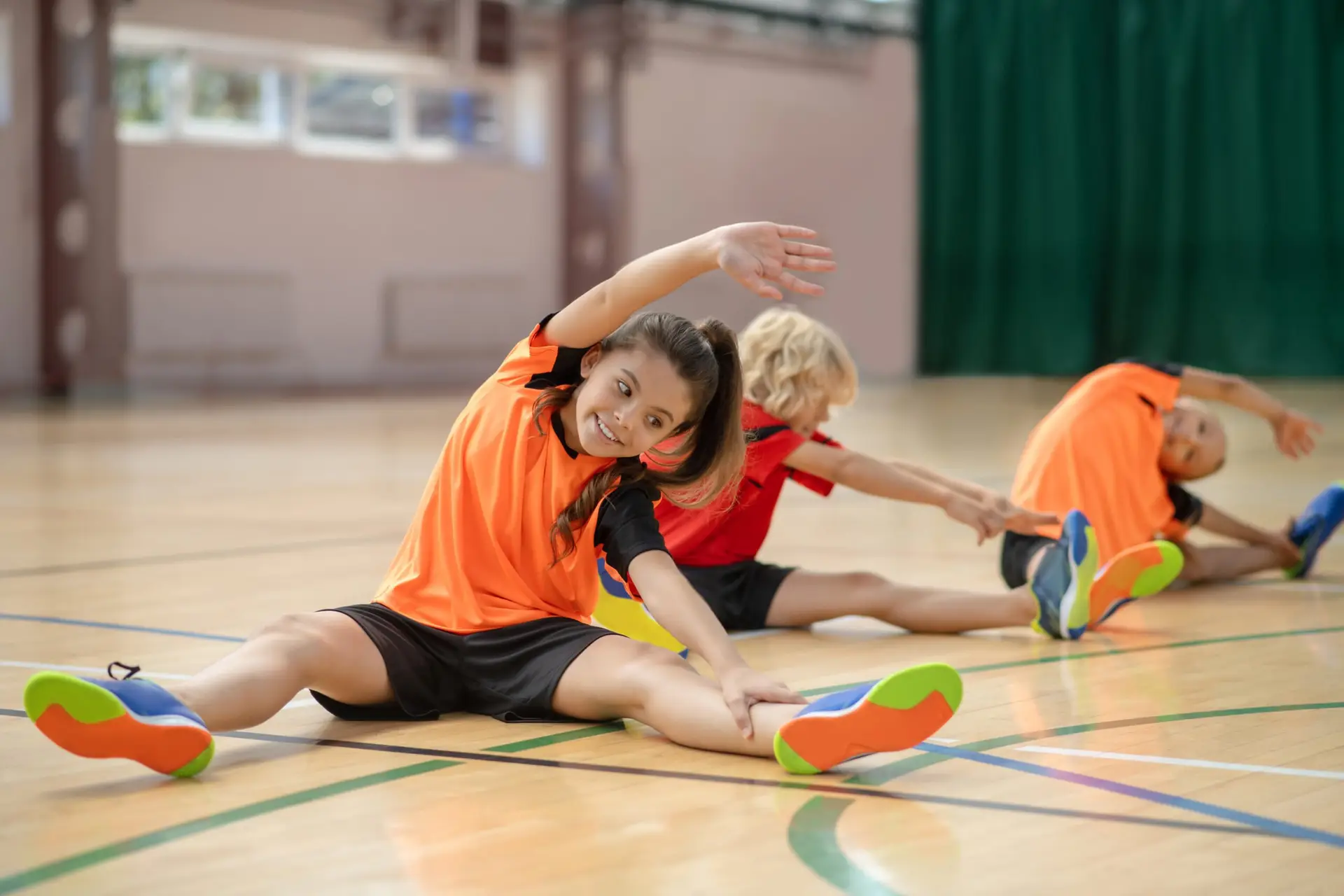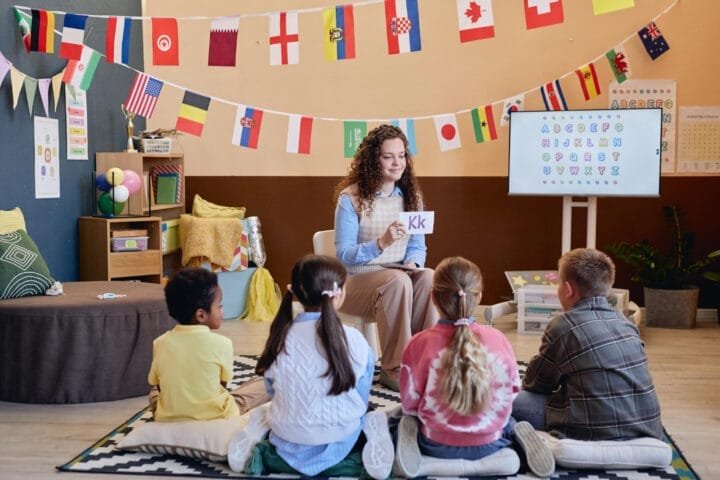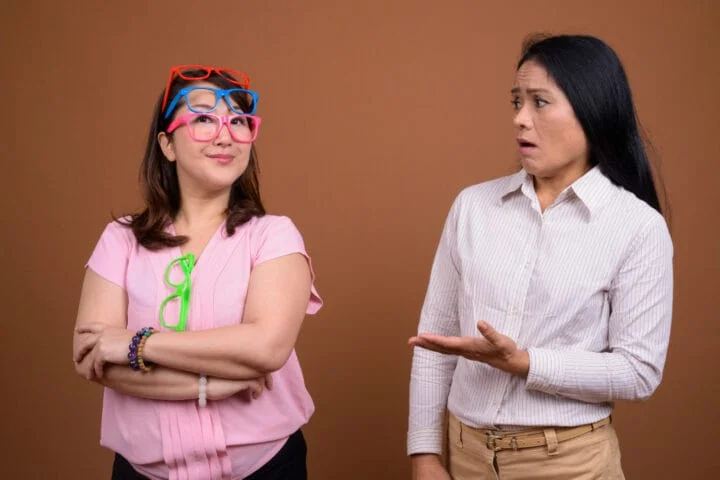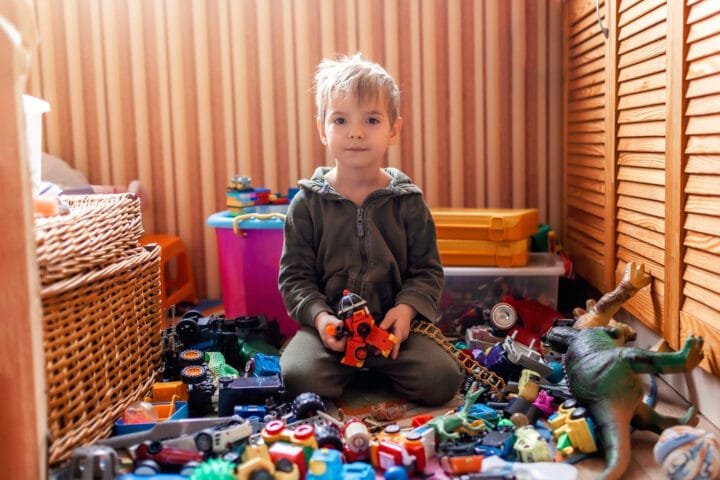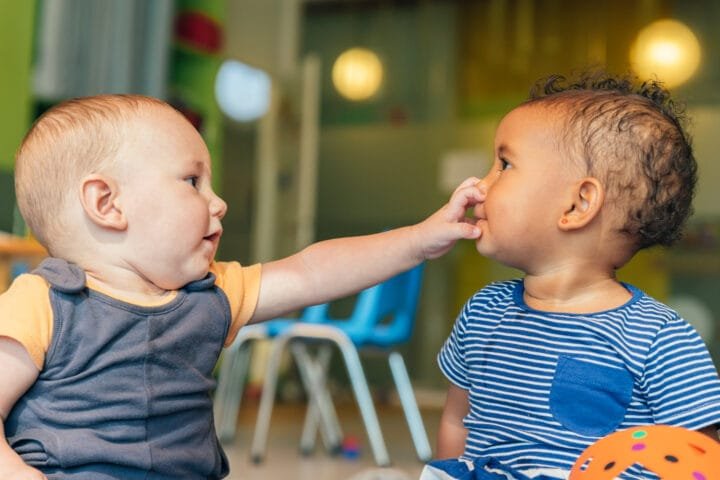Raising Global Citizens: How We Taught Our Kids About Different Cultures (and Had a Blast Doing It!)
Ever felt like you’re raising your kids in a bubble? I did! It hit me one day when my son, then five, pointed at a woman wearing a sari. He loudly asked, “Mommy, why is she dressed like she’s coming to a Halloween party?” Cringeworthy, right? That’s when I knew we needed cultural awareness, stat! It has been the most rewarding experience of our family’s life to embark on this journey of learning about different cultures. This has not only enabled them to see the incredible diversity of the world but also helped them develop a deep sense of empathy and understanding, fostering a compassionate and caring attitude.
But where do you begin? Fear not, fellow parents! We’ve explored a world of options, from virtual field trips to global feasts. I’m here to share our adventures, mishaps, and lessons learned.
Bringing the World Home: Adventures for Little Explorers
Remember those days when your biggest worry was convincing your toddler that broccoli is a tiny tree? Those early years are the right time to introduce cultural awareness! Young children are naturally curious and absorb information quickly. We started with simple, fun activities that transformed our home into a mini world tour.
Culinary Adventures
Forget airplane tickets! We embarked on “flavour expeditions” right in our kitchen. Imagine the excitement when we whipped up Japanese mochi, Indian samosas, and Mexican churros! (Okay, the churros were definitely a bribe, but hey, they learned about cinnamon!) To add to the fun, we created a “passport” of flavours. Each delicious dish earned a stamp, and my kids, fueled by sugar and accomplishment, were eager to explore more “countries.”
Think about it: food is a universal language. It’s a delicious and accessible way to introduce kids to different cultures. We didn’t just stop at cooking, either. We explored the stories behind the food. Why do Japanese people eat with chopsticks? What spices are commonly used in Indian cuisine? These conversations sparked their curiosity and made mealtimes an adventure. We even started a tradition of “cultural cooking nights” where we invited friends and family to share their favourite dishes and stories about their heritage.
Did you know? According to a study by the University of Chicago, children exposed to diverse foods are more likely to try various things. They also have a more adventurous palate later in life.
Story Time Around the World
We swapped bedtime stories for folktales from around the world. These stories sparked their imaginations and introduced them to different values and beliefs, from the mischievous Tanuki in Japan to Anansi the Spider in West Africa. My daughter, a budding drama queen, still insists on acting out “The Tortoise and the Hare” with a Russian accent. We made it a craft project, making puppets of the characters and acting out the stories.
Children are transported to different worlds, introduced to diverse characters, and helped develop empathy by reading stories. They are powerful tools for teaching cultural understanding. In addition to broadening their horizons, reading stories from different cultures helps them appreciate human emotions and experiences universally.
Tip: Look for books with authentic illustrations and stories that reflect the culture they represent.
Creative Expression
Our home looked like a multicultural art exhibition (with a healthy dose of glitter, of course). Move over macaroni necklaces! We worked on art projects inspired by diverse cultures. Origami, African masks, and Chinese lanterns; we even learned simple songs and dances from different cultures. Imagine me attempting a Bollywood dance routine with two giggly toddlers. Let’s say it was a mess, but the joy was evident.
Creative activities inspired by different cultures can help children develop a deeper appreciation for artistic expression. They can also become more open to seeing the world from a variety of perspectives. They also developed fine motor skills and problem-solving abilities through these activities, which we found to be a powerful tool for fostering their creativity.
Did you know? Research has shown that exposure to the arts improves academic performance, social skills, and emotional well-being.
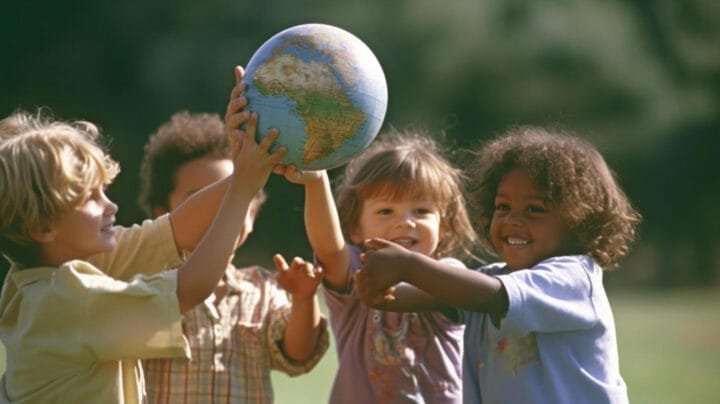
Exploring Deeper: Activities for Growing Minds
As our kids grew, so did their curiosity. They started asking more complex questions about different cultures, from “Why do people in India eat with their hands?” to “What is Ramadan?” This opened up exciting horizons and avenues for exploration.
Virtual Voyages
Thanks to technology, we visited the Egyptian pyramids, the Great Wall of China, and the Amazon rainforest – all before breakfast! Virtual field trips to museums and landmarks around the world brought history and culture to life. We also utilized online resources like National Geographic Kids and BBC Bitesize to research different countries. My son became obsessed with ancient Egypt, building replicas of pyramids and even deciphering hieroglyphics!
Virtual field trips are a fantastic way to explore different cultures without leaving home. They provide immersive experiences that engage children’s senses and spark their imagination. We found that these virtual adventures not only expanded their knowledge but also inspired them to learn more about the world.
Tip: Many museums and cultural institutions offer virtual tours and online exhibits specifically designed for children.
Global Citizenship
There was a lot of discussion about poverty, environmental challenges, and how different cultures approach these problems. This wasn’t always easy, but it sparked meaningful conversations about empathy, responsibility, and interconnectedness. We also emphasized diversity and inclusion, teaching them to respect and celebrate their differences.
Children should be encouraged to think critically about the world around them and be aware of international issues to become global citizens. Our children should learn that their actions impact others and can make a difference. We encourage them to contribute to society by engaging them in community service projects, fair trade initiatives, and sustainable practices.
Did you know? According to a study by the United Nations, children who are educated about global issues are more likely to be engaged citizens. This will enable them to contribute to a more peaceful and sustainable world.
Cultural Exchange
Getting our children involved in cultural events and festivals in our community helped them connect with people from other cultures and try out different foods, learn traditional dances, and even make friends with children from different countries. In order to communicate with children from various countries, we explored pen pal programs and online platforms. My daughter’s pen pal in Japan still sends emails about her daily life and cultural experiences.
Interacting with people from different cultures, learning about their customs and traditions, and making friends across cultural boundaries are some of the benefits of cultural exchange. Through these experiences, children can gain a more comprehensive understanding of the world, which can be extremely enriching for them.
Tip: Meet children from around the world through cultural exchange programs in your community or on online platforms.

Making it Stick: Nurturing a Lifelong Love of Culture
Teaching cultural awareness isn’t a one-time event; it’s an ongoing journey. We wanted to create an environment where our kids could continuously learn and appreciate different cultures.
Creating a “Culture Corner” at Home
We dedicated a corner of our living room to cultural explorations. It’s filled with artifacts, books, maps, and photos from our “travels,” both real and virtual. We all love adding our treasures to the collection – from seashells from our beach vacation to handcrafted origami cranes from our Japanese pen pals.
Having a dedicated space for cultural exploration can help children develop pride in their learning. In addition, it can provide a visual reminder of the different cultures they have explored.
Tip: Engage your children in creating the “culture corner” and encourage them to add mementos and creations.
Travel whenever possible
Travel and immersion are the most fascinating ways to learn a culture. As a family, we have travelled around the world, immersing ourselves in different languages, customs, and cuisines. A short trip to nearby cities with diverse communities can be eye-opening. When our kids grow up, we encourage them to join study abroad or exchange programs to create lasting memories.
Children can experience different cultures firsthand when they travel, which is unparalleled. Through travelling, they can immerse themselves in various environments, interact with people of different backgrounds, and gain a deeper understanding of their world. Even small excursions to local cultural events or ethnic neighbourhoods can provide valuable learning experiences, even if travel is not always possible.
Studies have shown that children’s cognitive flexibility, creativity, and social skills improve through travel.
Beyond the Basics: Raising Thoughtful Global Citizens
We want our children to be more than just culturally aware as they navigate the world; we want them to be critical thinkers and empathizers.
Media and Technology
We utilize age-appropriate documentaries and films to explore cultural topics. We also encourage the responsible use of social media to connect with diverse communities and learn about different perspectives. Nevertheless, we emphasize the importance of media literacy and critical thinking, which prepares them to challenge stereotypes and biases.
Our kids need to be discerning consumers of information and evaluate online information because media and technology can be powerful tools for cultural learning. In addition, we encourage them to connect with people from different cultures and learn about their experiences firsthand using technology.
Tip: Explore online platforms that connect children with mentors and role models from diverse backgrounds.
Critical Thinking and Empathy
To foster empathy, we emphasize putting ourselves in other people’s shoes and valuing different perspectives. We actively discuss cultural stereotypes and biases, encouraging our kids to question their assumptions and develop a better understanding of others.
For children to navigate a complex and interconnected world, critical thinking skills are essential. Besides helping them develop empathy, we also emphasize the importance of understanding and appreciating others’ feelings and experiences. We encourage them to question information, consider different perspectives, and form their own opinions.
Did you know? Research has shown that empathy is linked to positive social behaviours, academic success, and overall well-being.

The Unexpected Benefits: How Cultural Awareness Enriched Our Family
Besides the educational benefits, our journey of cultural exploration has given us unexpected joys and strengthened our family bond. In addition to laughing hysterically during a traditional Scottish dance, we have shared heartfelt conversations about global issues.
This journey has not only taught us valuable lessons about ourselves but also inspired us to challenge our assumptions, embrace challenging experiences, and appreciate human diversity.
A World of Possibilities: Resources and Inspiration
It’s okay to feel overwhelmed! There are countless resources available to help you. Here are some we recommend:
- Children’s books about different cultures are available in local libraries and bookstores. Look for books with authentic illustrations and stories that reflect the culture they depict.
- Find out if your local museum offers exhibits and programs specifically for children or explore virtual tours of museums around the world.
- National Geographic Kids, BBC Bitesize, and Kids World Citizen are a few of the websites that can teach cultural awareness online.
- Connect with cultural organizations in your community to learn about events, festivals, and programs celebrating different cultures.
- Even short trips to nearby cities with diverse communities can be eye-opening. Travel provides unparalleled cultural immersion opportunities.
Embracing the Journey: Tips for Success
- Start small: Don’t feel pressured to tackle everything at once. Start with simple activities and gradually introduce more complex concepts over time.
- Be enthusiastic: When you’re excited about learning about different cultures, your child will be more engaged. Please share your own experiences and stories to spark their interest.
- Be respectful: Encourage your child to ask questions and learn from others. Teach them to respect different cultures.
- Make it fun: Incorporate games, activities, and hands-on experiences to keep your child engaged while learning about different cultures.
- Be patient: Don’t expect your child to understand everything overnight. Provide opportunities for learning and exploration along the way.
Recommended Books for Raising Global Citizens
Expand your child’s horizons and foster a love of cultural exploration with these engaging and informative books:
- The Travel Book This visually stunning book from Lonely Planet Kids takes young readers on a whirlwind tour of the world, showcasing diverse cultures, landmarks, and natural wonders. Packed with fascinating facts and vibrant photographs, it sparks curiosity and inspires a sense of adventure.
- This is How We Do It: Peek into the lives of seven children from different corners of the globe and discover how they live, learn, and play. This book beautifully illustrates the similarities and differences in children’s daily experiences around the world, fostering empathy and understanding.
- Whoever You Are This heartwarming story celebrates diversity and promotes acceptance. With its simple yet powerful message, it reminds us that despite our differences, we are all connected by our shared humanity.
- Atlas of Adventures: World Wonders Embark on a visual journey to explore the world’s most breathtaking natural and cultural wonders. From the pyramids of Egypt to the Great Barrier Reef, this atlas will ignite your child’s imagination and inspire a lifelong love of exploration.
- Adventure Crafts for Kids Bring cultural exploration to life with hands-on crafts inspired by traditions from around the world. This book provides step-by-step instructions for creating unique crafts that will engage your child’s creativity and deepen their understanding of different cultures.
- The Ultimate Travel Journal for Kids Encourage your child to document their own travel experiences, real or imagined, with this interactive journal. Filled with prompts, activities, and space for drawing and writing, it helps children reflect on their adventures and create lasting memories.
A Final Word: Build Bridges, Not Walls
Educating our children to appreciate and respect different cultures helps them become responsible global citizens. This allows them to build bridges of understanding and cooperation in today’s interconnected world.
The goal is to educate our children about the world and themselves. We want to foster empathy, critical thinking, and a lifelong love of learning in them.
FAQs
The sooner, the better! Even infants benefit from exposure to diverse sights and sounds. Early exposure to different cultures fosters curiosity, open-mindedness, and a sense of wonder about the world. It lays the foundation for acceptance, respect, and appreciation of others, setting the stage for your child to thrive in an increasingly interconnected world.
Don’t worry! There are many resources available to help you and your child learn together. Explore books, documentaries, and online platforms like National Geographic Kids. Visit museums with diverse exhibits and seek out cultural events and festivals in your community. Even exploring different neighborhoods with eclectic restaurants and shops can be a mini cultural immersion.
Start with basic concepts: emphasize respecting everyone, celebrating differences, and treating others how you want to be treated. Use simple examples and analogies they can relate to. For example, “Imagine someone taking your favorite toy and saying it’s theirs now. That’s not fair, right?” As your child matures, you can engage in more nuanced discussions, fostering critical thinking and empathy.
Patience and a positive attitude are key! Start with small steps, like introducing a new food or a story from a different culture. Make it fun, involve them in the process (like cooking together), and never force them to participate. Gently encourage them to keep an open mind and try again another time. Celebrating small victories and modeling open-mindedness yourself can go a long way.
Weave cultural exploration into your everyday life! Make it a habit to read diverse books, watch documentaries, try new recipes, and attend cultural events as a family. Create a “culture corner” in your home to display souvenirs, crafts, and books from different cultures. Most importantly, model cultural curiosity and respect in your actions and conversations.
Related Posts

